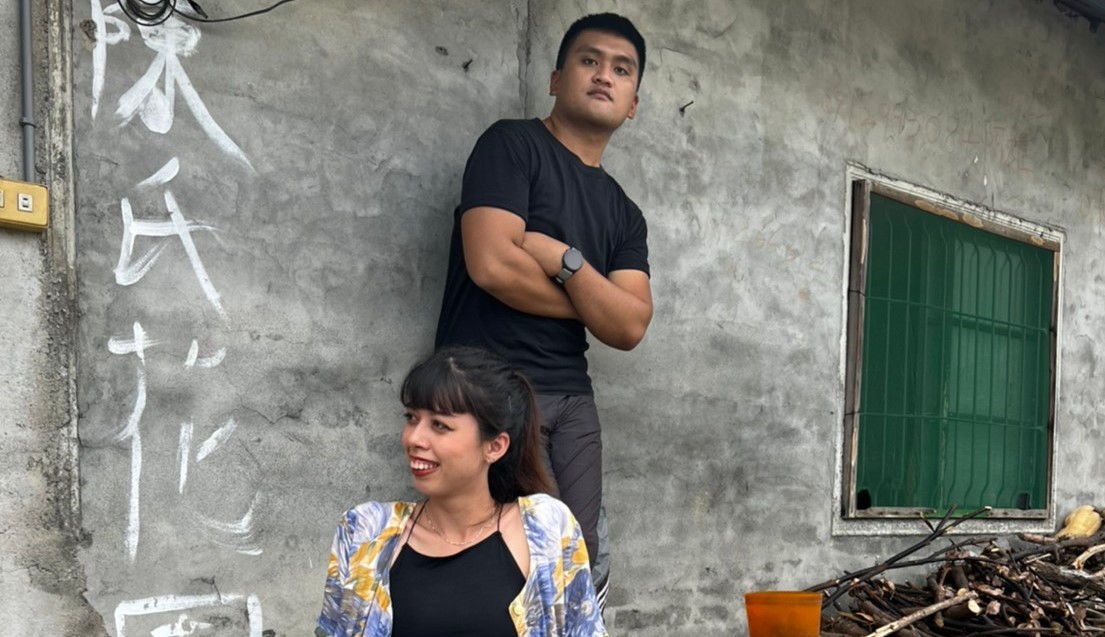2023 | Microdomains – Contemporary Art Exhibition, Hualien County Stone Sculpture Museum, Hualien.
2023 | Degrees of Freedom for Black Hole, New Taipei City Arts Center, Banciao
2023 | Boundary Layer Flow, Pingtung Art Museum, Pingtung
2023 | Another continent, Taitung Art Museum, Taitung
2022 | Overgrown – Excellent graduate recommendation exhibition, China Academy of Art, China
2021 | The oceans and the interpreters, Interpreters’ Screening, Hong-gah Museum, Taipei
2020 | Contemporary Art in Greater Sandimen, Pingtung Art Museum, Pingtung
2020 | Assembly of Communities:MIX, MoCA Taipei
2020 | Taiwan Annual, Expo Dome, Taipei
2019 | Length x Width, Student group exhibition, Taipei National University of the Arts, Waley Art, Taipei
2023 | Bagage Cabine – Centre Soleil d’Afrique, Exposition collective, Bamako, Mali
2022 | Listen and Practice – Youth Art Training Program, National Tainan Living Art Center, Tainan
2022 | Art by Lima – Exhibition of Pre-research Findings for the Austronesian Arts Triennial, 1n1 Original Space, Pingtung.
2022 | Kipakim – Group exhibition of Kacalisian art village artists, Taiwan Indigenous Peoples Cultural Park, Pingtung
Name of artworks : 〈pacacada〉 〈A Voice series -Facial recognition〉 〈A Voice series -XY XX XX XY〉
Media : trichannel digital imaging/photography paper
Year : 2023
Ljaljeqelan Patadalj and Sudipau Tjaruzaljum (Taiwan) employ video, hand-weaving, and mixed media in their installation to delve into topics of migration and “return.” They seek pathways for reclaiming individual agency and the cultural self-awareness and identity of the new generation, redefining the essential relationships between human existence and our environmental sphere. In their work The Distance Between Us is Not the Ocean, the “ocean” serves as a cultural bridge, while human bodies navigate the migratory routes of “mountains and rivers.” These geographical features—mountains, rivers, and sea—intertwine and engage in dialogue amid history. In the A Voice series, traditional shell ginger weaving techniques are employed to give “voice” to a central theme. Whether in the natural landscapes of their native lands or in bustling urban cities, the artist convey a longing: to emerge from the labyrinth of existential uncertainties and to articulate an unambiguous sense of identity and belonging through their artistic oeuvre.

